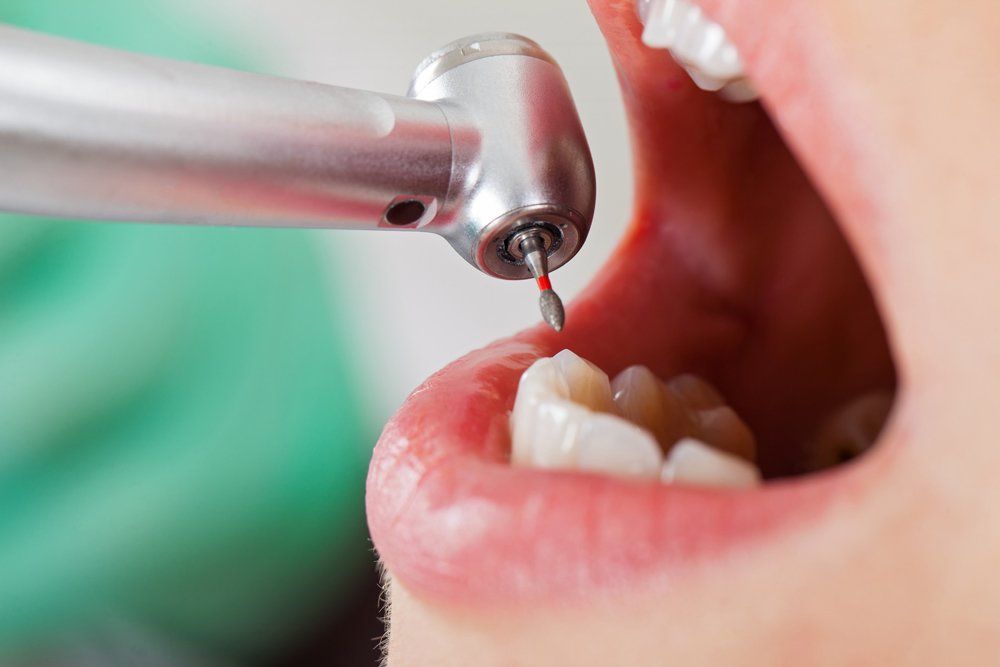Endodontics Dentist in Lutz, Florida
Endodontics is a specific category of dentistry that deals with the intricate structures found inside the teeth. The Greek word "Endodontics" literally means "inside the tooth" and correlates to the tissues, tooth pulp, nerves, and arterioles. Endodontists undergo additional dental training after completing dental school to enable them to perform both complicated and simple procedures, including root canal therapy.
Historically, a tooth with a diseased nerve would be removed immediately, but endodontists can now save the natural tooth in most cases. Generally, extracting the inner tooth structures, then sealing the resulting gap with a crown, restores health and functionality to damaged teeth.
Signs and indications of endodontic problems:
- Swelling and tenderness in the gums
- Teeth are sensitive to hot and cold foods
- Tenderness when biting and chewing
- Discoloration of teeth
- Unexplained pain in the nearby lymph nodes
Reasons For Endodontic Treatment
Endodontic treatment (or root canal therapy) is done to preserve the natural tooth. Despite the numerous superior restoration options available, most dentists agree that there is no substitute for healthy, natural teeth.
Here are some of the leading causes of internal tooth damage:
Bacterial infections – Oral bacteria is the most prevalent cause of endodontic problems. Bacteria attack the tooth pulp through small fissures in the teeth caused by tooth injury or decay. The resulting redness and bacterial infection expose the affected tooth and may prompt an abscess to form.
Cracks and chips – When a big part of the tooth's surface or crown has become entirely detached, root canal therapy may be needed. The crown portion's removal leaves the pulp open, which can be uncomfortable and problematic.
Tooth Injuries – A direct or indirect blow can create tooth injury to the mouth area. Some injuries cause a tooth to become luxated or displaced from its socket. Root canal therapy is often required after the endodontist has successfully secured the injured tooth.
Removals – If a tooth has been hit clean out of the socket, it is crucial to immediately clean it and place it back into the socket. If this is difficult, place the tooth in a particular dental solution (available at pharmacies) or milk. These actions will keep the inner mechanisms of the tooth moist and alive while emergency dental surgery is sought. The tooth will be attached in its socket using a unique splint, and the endodontist will then do root canal therapy to preserve the tooth.
What Does An Endodontic Procedure Entail?
Root canal therapy typically takes between one and three dental visits to complete. X-rays of the teeth will be taken and examined before the treatment starts.
Initially, a local anesthetic will be given, and a dental dam (protective sheet) will be placed to ensure that the surgical area stays free of saliva during the treatment procedure. A hole is then created in the tooth's surface, and the pulp will be removed entirely with small handheld tools.
Space will now be formed, cleaned, and filled with gutta-percha. Gutta-percha is a biocompatible substance that is somewhat comparable to rubber. Cement will be applied on top to assure that the root canals are sealed off. Typically, a temporary filling will be placed to renew the tooth's functionality before the permanent restoration procedure. During the last visit, a permanent restoration or crown is placed.
If you have questions or concerns about endodontic procedures, please call our office today at 813-949-3211.







